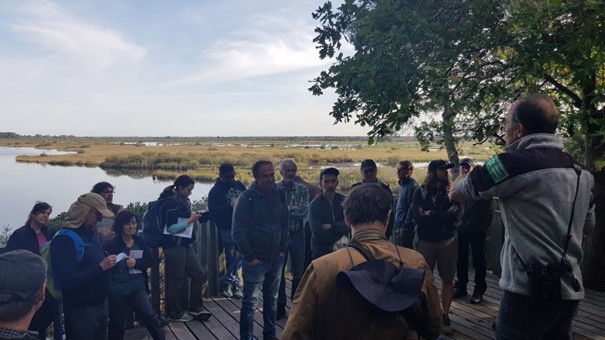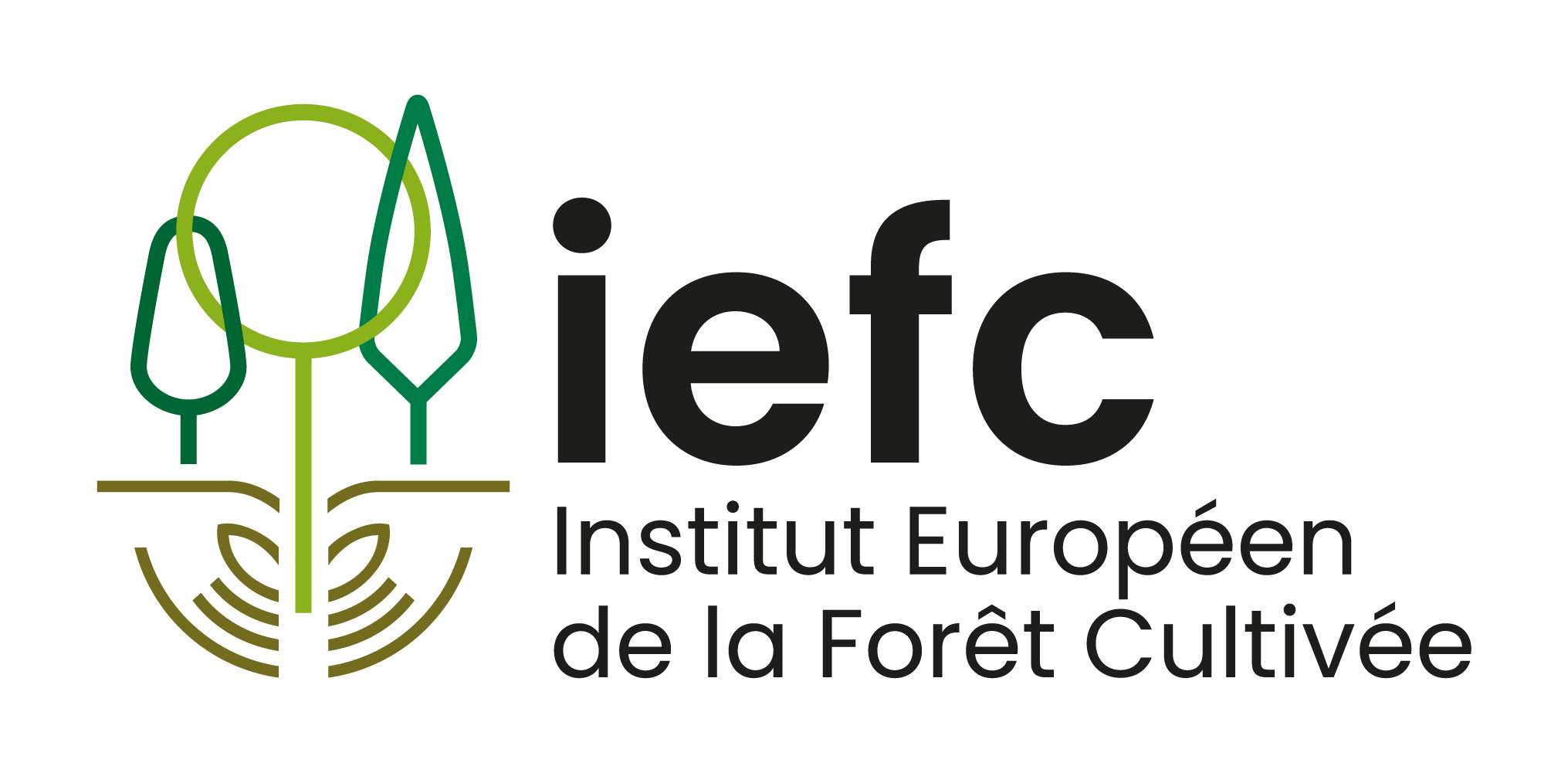In recent years, the European Commission has made stakeholder integration an essential component of its research and innovation programs. All European funded research projects must therefore include a strategy for identifying and involving external actors such as industry partners, local authorities or end-users, in order to take better account of the reality on the ground and ensure the sustainability of the project’s results. There are many different ways of achieving this commitment, and IEFC with its multi-actor network was fortunate enough to contribute to an original, large-scale initiative in one of our research projects, CLIMB-FOREST “Robust solutions for sustainable forests”.
The CLIMB-FOREST European project (H2020) began at the end of 2022 with the ambition of producing advanced modeling of European forests under different management scenarios. Project researchers are pooling their expertise to model forest growth, and the evolution of forest threats and carbon storage, with the aim of involving stakeholders in the definition of silvicultural management scenarios. This approach was undertaken by partners from 5 countries: the University of Alicante (Spain), NIBIO (Norway), the University of Agriculture in Krakow (Poland), CzechGlobe (Czech Republic) and IEFC (France). The first step was to recruit a representative in each country for each of the following stakeholder categories: timber industry, forest owner, political decision-maker, environmental association, and recreational user. The resulting panel of around 30 people was invited to take part in a field tour lasting a few days in each of the 5 countries, to compare their visions and expectations of forest management. The tours took place over the course of 2023 as follows:
| Month | Region | Topics | Host |
|---|---|---|---|
| April 2023 | Valencia, Spain | Fire risk management and post-fire recovery in Aleppo pine forests. | University of Alicante |
| May 2023 | Oslo, Norway | Managing spruce forests against the risks of drought, storms, snow and bark beetle attacks | NIBIO |
| June 2023 | Krakow, Poland | Intensive, high-density management of Scots pine forests in the face of drought and bark beetle outbreaks | University of Agriculture in Krakow |
| June 2023 | Brno, Czech Republic | Regular and irregular management of Scots pine and beech forests facing the same risks of drought and bark beetle outbreaks | CzechGlobe |
| October 2023 | Bordeaux, France | Management of maritime pine and poplar monocultures for wood production | IEFC |
Building on the constructive group dynamic gradually acquired since April, we welcomed our panel in France for the last European field tour. The IEFC, in charge of the thematic program, tried to highlight the diversity of forest management methods and objectives in the vast Landes of Gascony territory, by visiting four sites presenting an increasing gradient of silvicultural intervention: the Cousseau Nature Reserve, managed by the SEPANSO to preserve its environmental and recreational values; the dune forests managed by the ONF, combining the challenges of production, protection and public visits; a private production forest in the Landes massif, managed by the SFCDC; and, finally, a short-rotation poplar grove in the Garonne valley, with CNPF. In the following paragraphs, we give a brief summary of the discussions, the value of which lies in the diversity of viewpoints and the external perspective of the majority of group members.

The participants thoroughly enjoyed the week’s tour, thanks to the diversity of sites and forest environments visited in the Landes of Gascony region (pond, dune, ocean, Landes massif and Garonne valley). A detailed presentation of the historical context appeared essential to our foreign participants to better understand the great homogeneity of the landscape, the legacy of the 1857 marshland restoration policy, and the relatively good social acceptability of forestry, the result of a co-evolution between the population and the different uses of the Landes Forest. The major transformations of an initial state, whether from wetlands to pine forest or from agriculture to poplar grove, have led to interesting debates on what can be considered as a biodiversity reference.
Generally speaking, the groups of recreational users, forest owners, forest officers and researchers supported the silvicultural methods presented. Most of their spontaneous suggestions included the reduction of management units to restrict the size of clearcuts, and a marginal diversification of stands through the introduction of diverse species. The timber industry’s foreign group not only embraced the system in place, but also had great admiration for the timber production capacity during the various visits. The topics of carbon credits for financing plantations and PEFC certification criteria also generated lively debate and interest. Conversely, only the environmentalists were highly critical of the management methods presented, preferring a return to unmanaged natural ecosystems.
For the rest of the project, the diversity of management recommendations will be used to build realistic scenarios for modelling European forests and their resilience towards the supply of wood, carbon storage, biodiversity habitat and other ecosystem services. Most of IEFC’s contribution to the project ends with this tour but we remain involved in the ongoing modelling work and helping to incorporate risk into the models. We will make sure to disseminate its results as soon as possible.
Benoît de Guerry, IEFC

